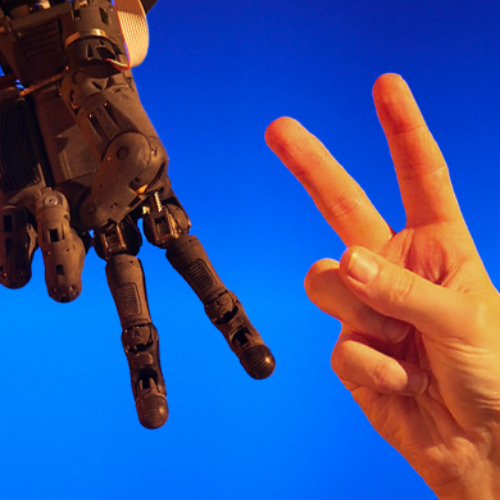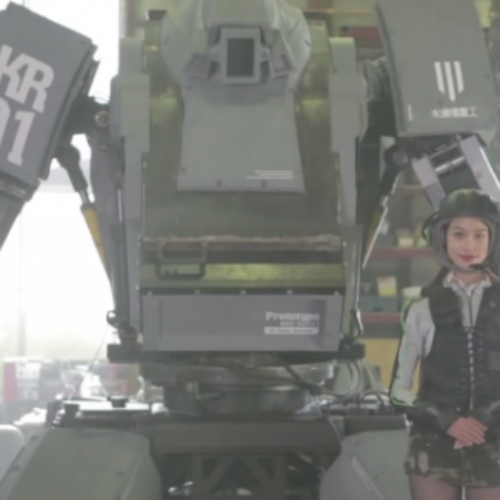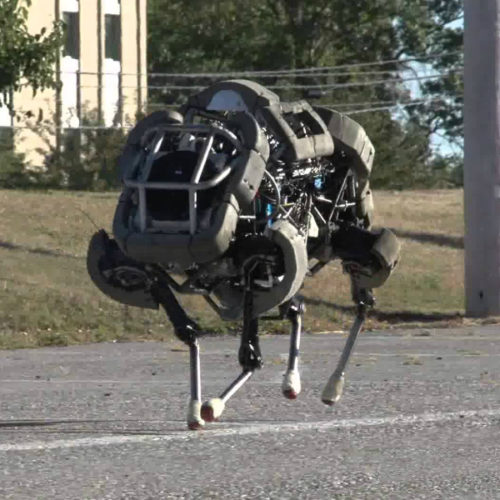Robot Fish That Can Bleed
This year researchers released their first attempt at a revolutionary robotic “fish”, done before, right? Yes, but this one’s special, it’s defining characteristic is that it has been equipped with a sort of artificial blood, making it a robot fish that can bleed. The fish is around 40 centimeters long and doesn’t possess or require any kind of solid batteries like the typical robot. Instead, it has a fluid inside it that is designed to store energy in order to more effectively power the bot. This is incredibly useful for the bots as the energy can be stored in much smaller places while also being much lighter and being capable of lasting much longer!
This is huge news for the world of creating fully capable automated robots that can effectively operate completely by themselves without any human assistance. Many have said that this has bought us into the future in many ways, one researcher who has highly praised the technology was Robert Sheperd, a robotics researcher at Cornell University in Ithaca, New York. For a long-time making robots’ battery effective has been a crucial thing in the world of robo0tics, and many have failed in the past at new innovations in this area. However, making a robot fish that can bleed seems to have been very successful.
Uses for a Robot Fish That Can Bleed
Some ways this new robot will prove incredible may be in deep-sea exploration perhaps fitted with state-of-the-art cameras and sensors. They could also be repurposed to travel on land and perform rescue missions as well as being used in police and military interventions. This will likely be a billion-dollar idea in the future if all goes to plan. Another benefit furthermore of these new designs is the fact that they will most likely prove much cheaper to develop as instead of having to implement often expensive batteries and then recharge those, these will take less and last longer.
Typically, machine fluid circulates around the machines in order to power them. However, these differ as their battery fluid powers the robot but also acts on the fins making them move more efficiently saving a lot of machinery being developed to make the fish swim. The amount stored in the robot is said to have been increased by 325 percent since these changes have been made, which they also calculated would mean the fish could theoretically last up to 37 hours without needing to be recharged.
So, what does this mean for the future? Well, it would be unsurprising to see this technology become commonplace in all robots that struggle currently with recharging and battery life as well as possibly weight and mobility. It may even be implemented into AI which as they become more and more human will take them even closer to being indistinguishable to us actual people. A somewhat scary concept, but these prospects are probably still far away for us.
You might also like
Janken
Is it possible to win 100% playing the millennia-old game of Rock, Paper, Sissors? A new Janken robot (Janken is the Japanese name for Rock, Paper, Scissors – why is
A Selection of Strange Robots
Sometimes, robotic creations seem a bit strange and you have to wonder why they have been developed. However strange they may seem, researchers and developers are learning from them all
The Cheetah
The Cheetah robot is the fastest legged robot in the World, surpassing 29 mph, a new land speed record for legged robots. The previous record was 13.1 mph, set in



